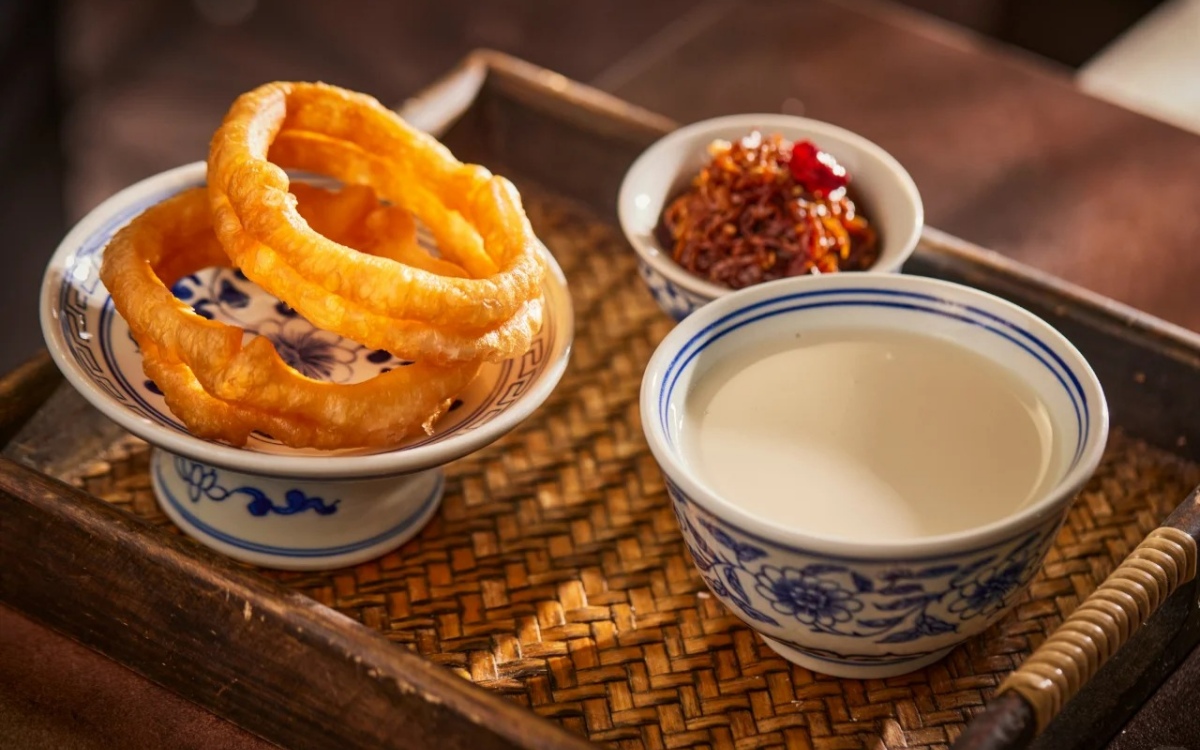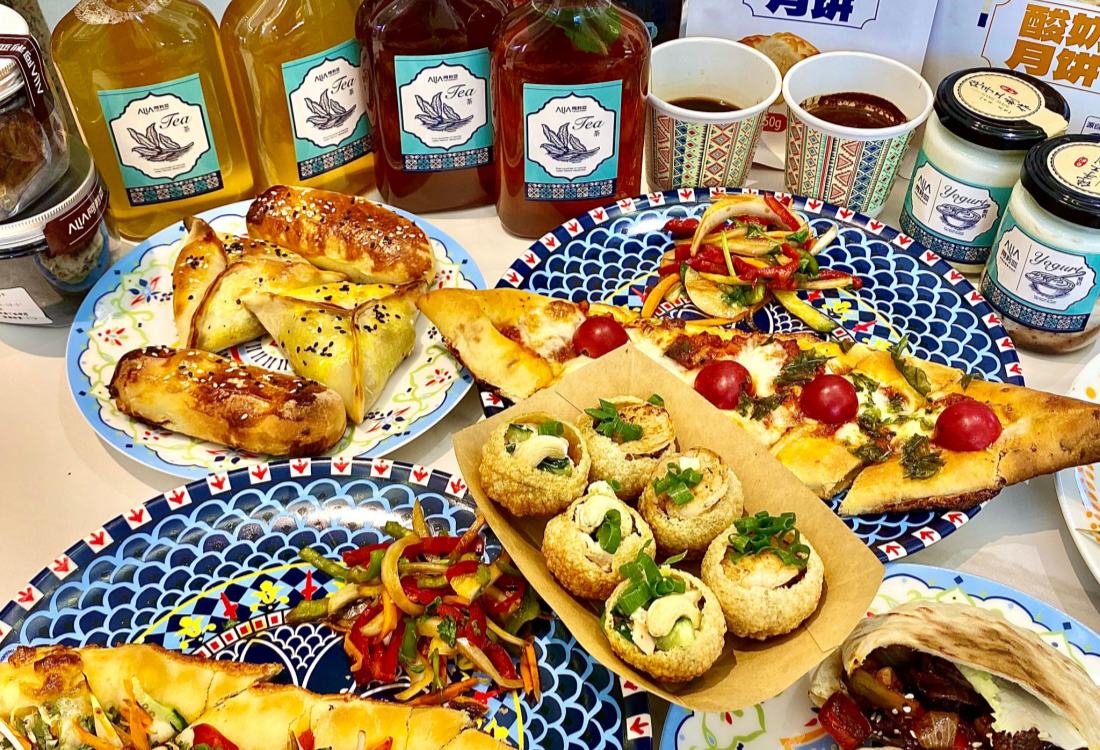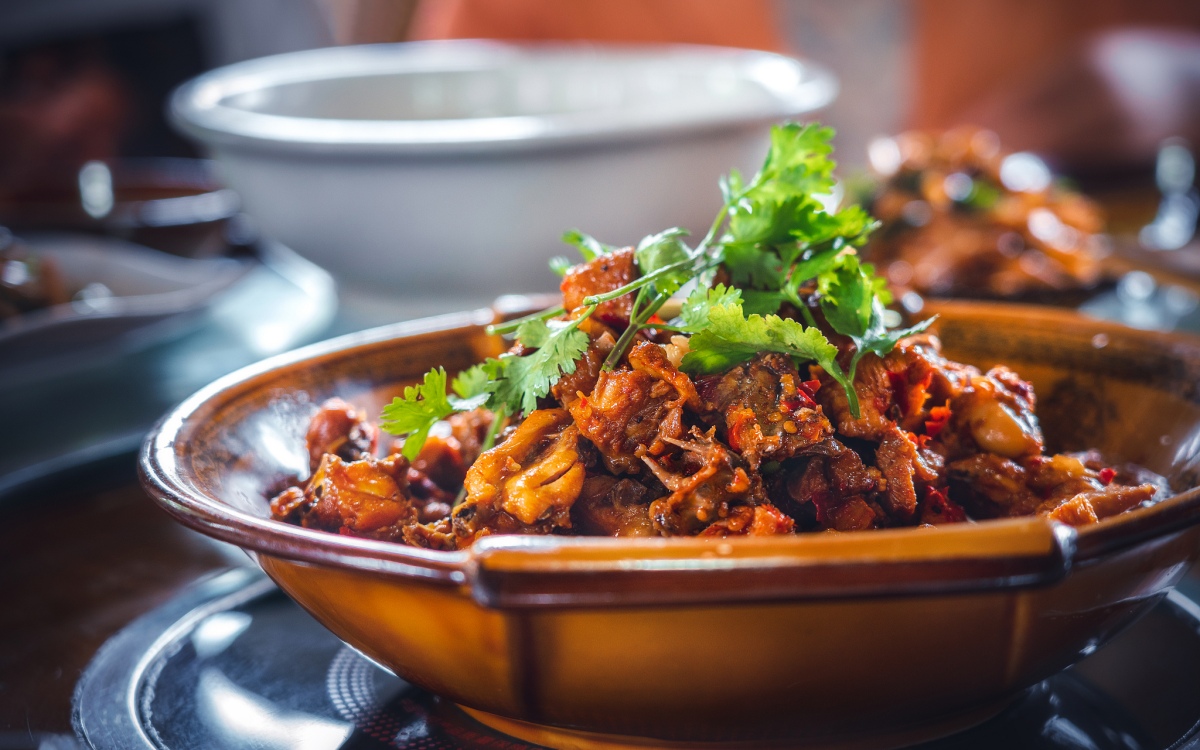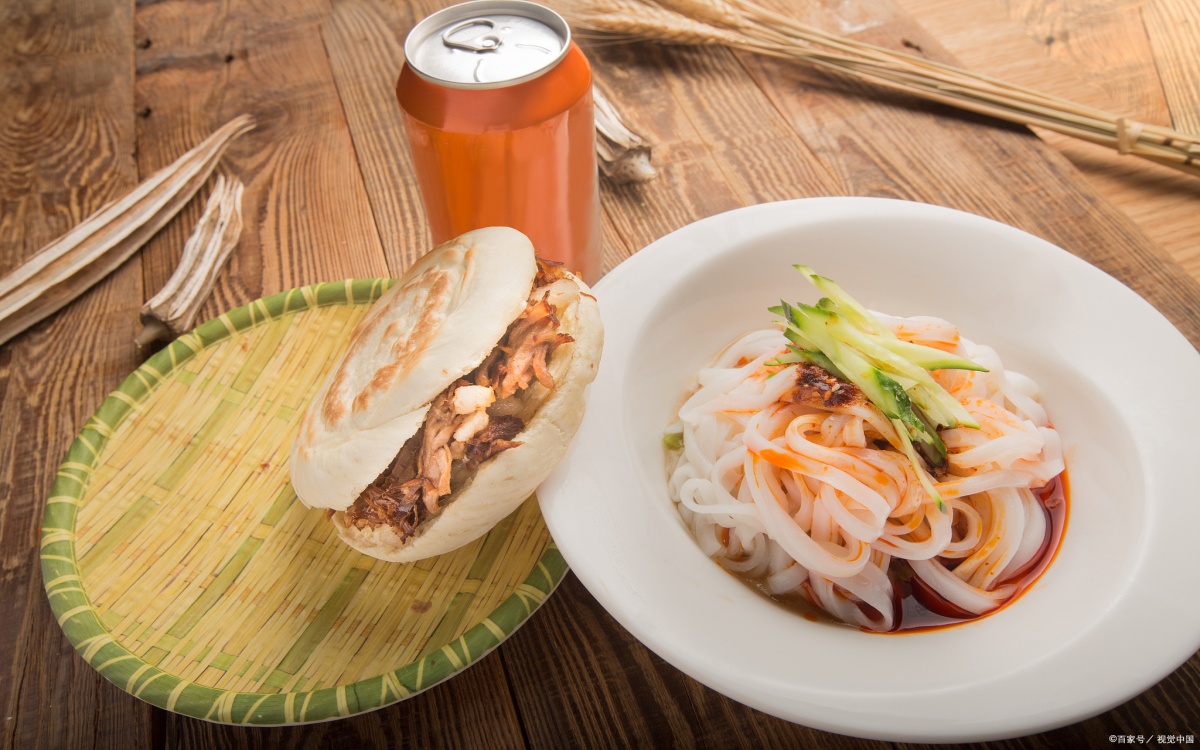Table of Contents
ToggleBeijing, the heart of China, is not just a city of historical wonders but also a paradise for food lovers. Its culinary scene offers a fascinating journey, blending ancient imperial traditions with bustling street food culture. This guide will walk you through the iconic dishes that define Beijing’s gastronomy, direct you to the best spots for authentic street food, and provide tips to make your culinary adventure unforgettable. Prepare to tantalize your taste buds and explore the diverse flavors that make Beijing a top destination for food enthusiasts worldwide.

13 Days China Top City Tour : Beijing Xian Zhangjiajie Guilin Shanghai
Highlights of Beijing’s Culinary Scene
- Peking Duck: Experience the world-renowned crispy skin and succulent meat of this imperial dish.
- Vibrant Street Food: Explore lively markets and hutongs for authentic snacks like Jianbing and Tanghulu.
- Rich Noodle Culture: Savor traditional Zhajiangmian, a hearty and flavorful local favorite.
Iconic Beijing Dishes You Must Try
Beijing’s culinary landscape is rich and diverse, offering a range of flavors that have evolved over centuries. Certain dishes stand out as quintessential representations of the city’s food culture.
Peking Duck
Peking Duck is undeniably Beijing’s most famous culinary export. This dish, with roots in the imperial kitchens of the Qing Dynasty, is a testament to Chinese culinary artistry. The duck is specially bred and prepared, then roasted until its skin is perfectly crispy and golden brown, while the meat inside remains tender and juicy. It’s traditionally carved tableside and served with thin pancakes, julienned scallions, cucumber, and a sweet bean sauce (Tianmianjiang). The diner assembles these components into a delightful roll, offering a symphony of textures and flavors. The experience of eating Peking Duck is as much about the ritual as it is about the taste.

Where to Enjoy Peking Duck:
- Quanjude (全聚德): A historic and globally recognized restaurant famous for its traditional Peking Duck.
- Dadong (大董): Known for a more modern, leaner, and arguably healthier version of the classic dish, praised for its super-crispy skin.
- Siji Minfu (四季民福): A popular choice among locals, offering excellent duck with a more authentic, bustling atmosphere.
- Guoguo Sifang Roast Duck: An affordable yet high-quality option, often recommended for its delicious duck and tasty side dishes like crispy shrimp and garlic eggplant.

14 Days China Iconic City Tour: Shanghai Yunnan Chengdu Xi’an Beijing
Zhajiangmian (炸酱面 – Fried Sauce Noodles)
Zhajiangmian is a beloved comfort food in Beijing and a staple of Northern Chinese cuisine. This hearty dish consists of thick, hand-pulled wheat noodles topped with “zhajiang,” a rich, savory sauce made from ground pork stir-fried with fermented soybean paste (huangjiang or tianmianjiang). It is typically served with a variety of fresh, crunchy julienned vegetables like cucumber, radish, bean sprouts, and edamame. Before eating, you mix the noodles, sauce, and vegetables together, creating a delightful combination of textures and flavors. It’s a simple yet deeply satisfying meal.
Where to Find Zhajiangmian:
- No. 69 Fangzhuanchang: A highly recommended spot, popular with locals and even recognized by the Michelin Guide, known for its authentic Zhajiangmian.
- Many small, local noodle shops throughout the city offer excellent versions of this dish.
Jiaozi (饺子 – Dumplings)
Jiaozi, or Chinese dumplings, are a cornerstone of Chinese cuisine, especially in the north. These crescent-shaped dumplings are typically filled with a mixture of minced meat (commonly pork, but also beef or lamb) and finely chopped vegetables like cabbage, chives, or celery. They can be boiled (shuǐjiǎo), steamed (zhēngjiǎo), or pan-fried (jiānjiǎo or guōtiē – potstickers). Jiaozi are particularly significant during Chinese New Year but are enjoyed year-round as a comforting and versatile meal.
Where to Enjoy Jiaozi:
- Baoyuan Jiaozi Wu (宝源饺子屋): Famous for its colorful “rainbow dumplings,” where the dough is naturally dyed with vegetable juices, offering a wide variety of fillings.
- Numerous smaller eateries and family-run restaurants excel in making fresh, delicious jiaozi.
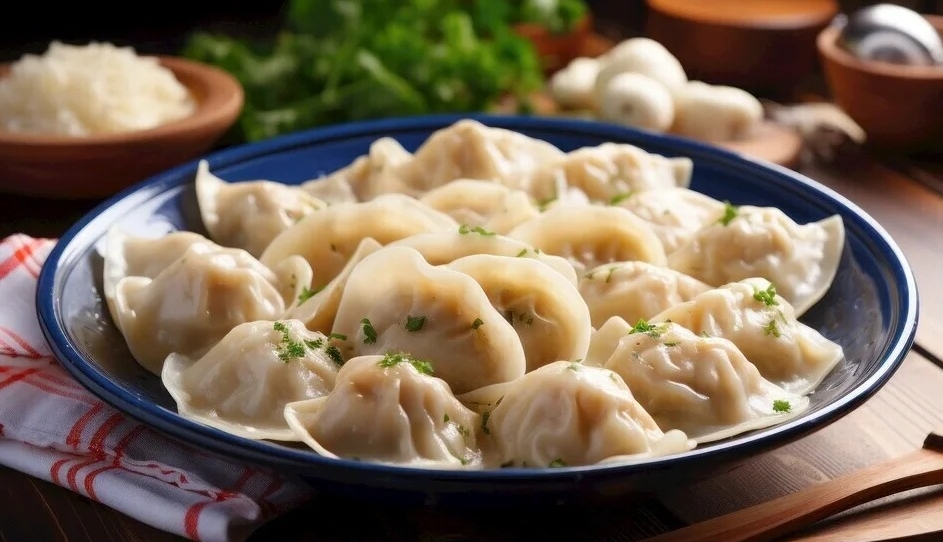
Beijing Mutton Hot Pot (涮羊肉 – Shuàn Yángròu)
Originating from the Yuan Dynasty, Beijing Mutton Hot Pot is a communal dining experience perfect for colder weather. Thinly sliced lamb is cooked in a simmering, savory broth at the table, often in a traditional copper pot with a chimney. Diners dip the cooked meat into a rich sesame paste-based sauce, often customized with ingredients like chili oil, fermented bean curd, and chopped cilantro. Besides lamb, various other meats, seafood, vegetables, tofu, and noodles can be cooked in the hot pot. It’s a social and interactive meal, deeply rooted in Beijing’s culinary history.
Recommended Spots for Hot Pot:
- Many traditional hot pot restaurants throughout Beijing specialize in this dish. Look for places popular with locals for an authentic experience.
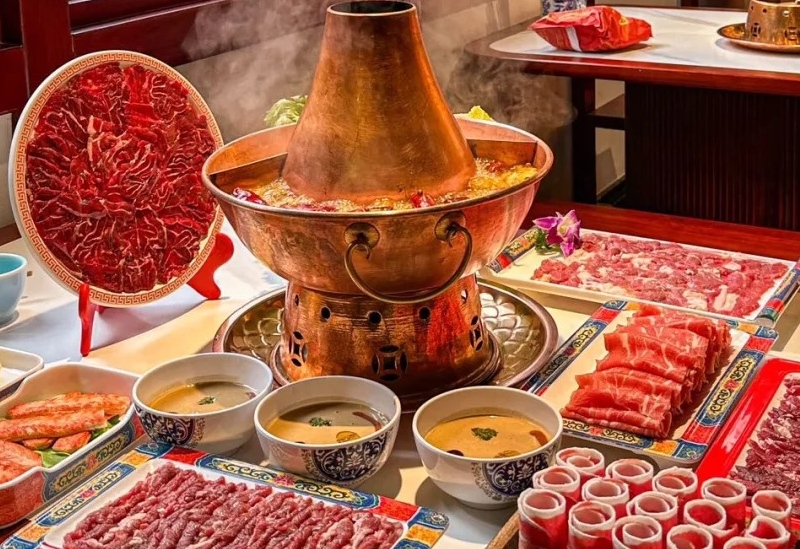
Exploring Beijing’s Vibrant Street Food Scene
Beijing’s street food offers a delicious and affordable way to sample local flavors. From breakfast crepes to late-night skewers, the city’s streets are a culinary adventure.
Jianbing (煎饼 – Savory Crepe)
A quintessential Beijing breakfast, Jianbing is a savory crepe made from a batter of wheat and mung bean flour. Cooked свежо on a circular griddle, an egg is cracked onto the crepe, followed by a spread of savory sauces (like hoisin and chili sauce), scallions, cilantro, and a crispy fried wonton cracker or youtiao (fried dough stick). It’s then folded up into a portable, satisfying meal. Watching the vendors expertly prepare Jianbing is part of the experience.
Tanghulu (糖葫芦 – Candied Hawthorn)
Tanghulu is a traditional Beijing sweet treat that’s especially popular during winter. It consists of several Chinese hawthorn berries (or other fruits like strawberries or kiwi) coated in a hard, clear layer of sugar syrup and skewered on a bamboo stick. The combination of the tart fruit and the sweet, crunchy candy shell is delightful. You’ll often see vendors selling these colorful, glistening skewers on the streets.
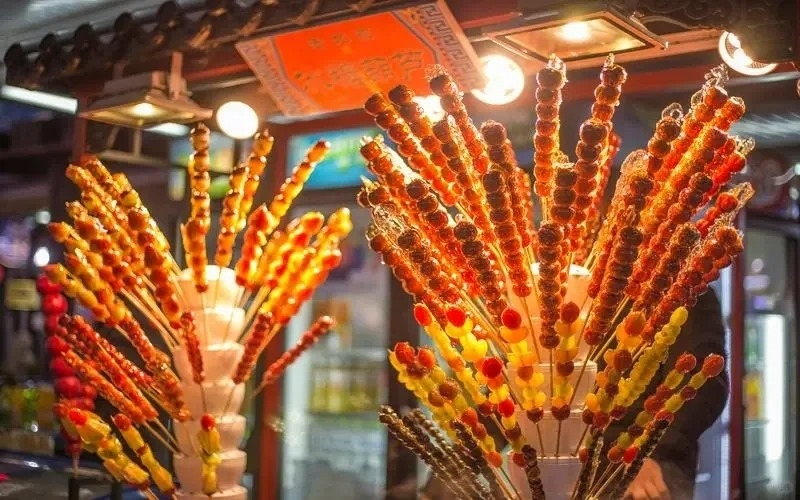
Chuan’r (串儿 – Skewers/Kebabs)
Chuan’r, or meat skewers, are a popular street food, especially in the evenings. Typically made with lamb, but also chicken, beef, or even vegetables, these skewers are seasoned with cumin, chili powder, and other spices, then grilled over charcoal. The smoky aroma and savory taste make them an irresistible snack or light meal. They are a common sight in night markets and hutong alleys.
Donkey Burger (驴肉火烧 – Lǘròu Huǒshāo)
While perhaps unusual to some, the donkey burger is a well-regarded local delicacy in Beijing. Tender, seasoned donkey meat is shredded and served in a flaky, baked flatbread (huǒshāo). It’s a savory and satisfying snack or light meal. Wangpangzi is a noted establishment for trying this specialty.
Baozi (包子 – Steamed Buns)
Baozi are fluffy, steamed buns with various fillings, both savory and sweet. Common savory fillings include pork and cabbage, beef and onion, or vegetable mixtures. Sweet versions might contain red bean paste or custard. They are a popular breakfast item and can be found at street stalls and small eateries throughout the city.
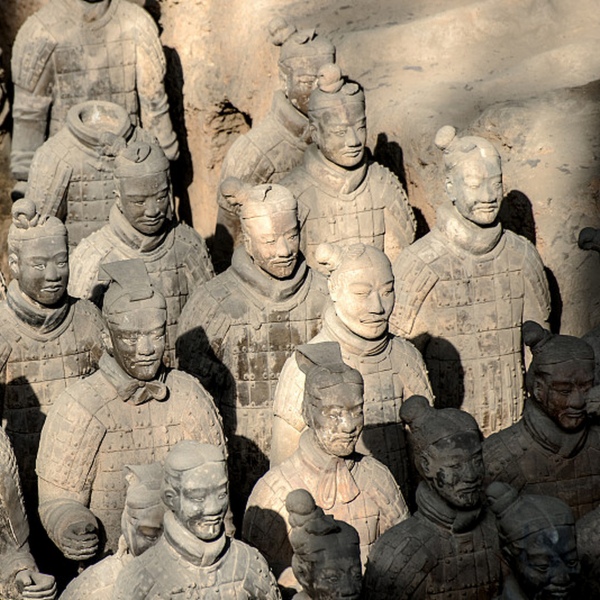
12 Days Ancient China Tour : Beijing Luoyang Xi’an Zhangjiajie
Comparative Overview of Key Beijing Dishes
To help you navigate the diverse options, here’s a table summarizing some of Beijing’s most notable dishes, their main ingredients, and common places to find them:
| Dish Name (Pinyin) | Chinese Characters | Main Ingredients | Primary Flavor Profile | Commonly Found |
|---|---|---|---|---|
| Peking Duck (Běijīng Kǎoyā) | 北京烤鸭 | Duck, pancakes, scallions, cucumber, sweet bean sauce | Savory, rich, slightly sweet | Specialty restaurants (e.g., Quanjude, Dadong) |
| Zhajiangmian | 炸酱面 | Wheat noodles, pork, fermented soybean paste, vegetables | Savory, umami, slightly sweet | Noodle shops, local eateries |
| Jianbing | 煎饼 | Mung bean/wheat flour batter, egg, crispy cracker, sauces, scallions | Savory, slightly spicy, textured | Street food stalls, breakfast vendors |
| Jiaozi | 饺子 | Flour wrappers, minced meat (pork, beef, lamb) and/or vegetables | Savory (depends on filling) | Dumpling houses, restaurants, home-style eateries |
| Baozi | 包子 | Steamed leavened dough, various fillings (meat, vegetable, sweet paste) | Savory or sweet, soft | Breakfast stalls, dim sum restaurants, street vendors |
| Shuàn Yángròu (Mutton Hot Pot) | 涮羊肉 | Thinly sliced mutton, various vegetables, tofu, noodles, dipping sauces | Savory, customizable with sauces | Hot pot restaurants |
| Tanghulu | 糖葫芦 | Hawthorn berries (or other fruits) coated in hardened sugar syrup | Sweet and tart, crunchy | Street vendors, snack streets, especially in winter |
| Lǘròu Huǒshāo (Donkey Burger) | 驴肉火烧 | Braised donkey meat, crispy baked bread (huoshao) | Savory, rich, slightly salty | Specialty stalls and restaurants |
| Dòuzhī (Mung Bean Milk) | 豆汁 | Fermented mung bean milk | Sour, pungent (acquired taste) | Traditional breakfast shops, some hutong eateries |
| Mending Roubing (Door-Nail Meat Pie) | 门钉肉饼 | Flour dough, beef or pork filling, onions, ginger | Savory, juicy | Snack shops, night markets |
| Bingtang Hulu (Candied Fruit Skewers) | 冰糖葫芦 | Various fruits (hawthorn, strawberries, kiwi) coated in hard sugar glaze | Sweet, fruity, crunchy | Street vendors, especially around tourist sites and festivals |
| Gongting Caishan (Palace Cuisine Dishes) | 宫廷菜 | Varies widely; often exquisite ingredients and preparation | Complex, refined, diverse | High-end restaurants specializing in imperial cuisine |

8 Days China Ancient Capitals Tour: Beijing Xi’an Luoyang
Notable Snack Streets and Food Markets
Beijing’s food scene truly comes alive in its bustling snack streets and night markets. These are places where you can immerse yourself in the local culture and taste a wide array of authentic foods.
Wangfujing Snack Street (王府井小吃街)
Located near the main Wangfujing shopping street, this area is a popular, albeit tourist-oriented, destination for trying various Chinese snacks. Here, you’ll find everything from lamb skewers (chuan’r) and fried insects (like scorpions and centipedes, for the adventurous) to more conventional treats like tanghulu and various dumplings. The atmosphere is lively, especially in the evening.
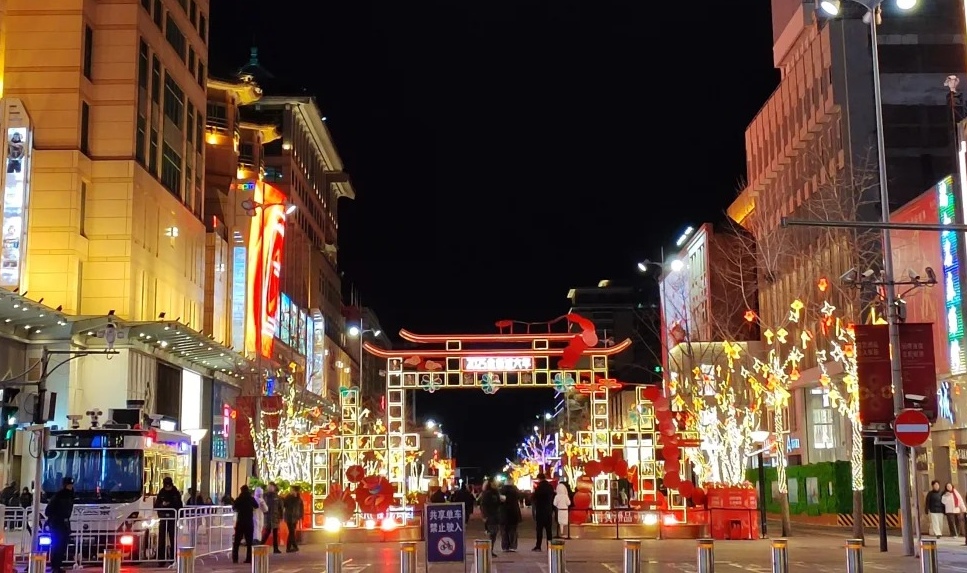
Qianmen Street (前门大街)
Qianmen Street, situated south of Tiananmen Square, is a historic commercial street that has been revitalized. It now blends traditional architecture with modern shops and eateries. You can find many time-honored Beijing brands here, including restaurants serving Peking Duck and traditional Beijing snacks. It’s a great place for a stroll and to sample local flavors in a more restored, picturesque setting.
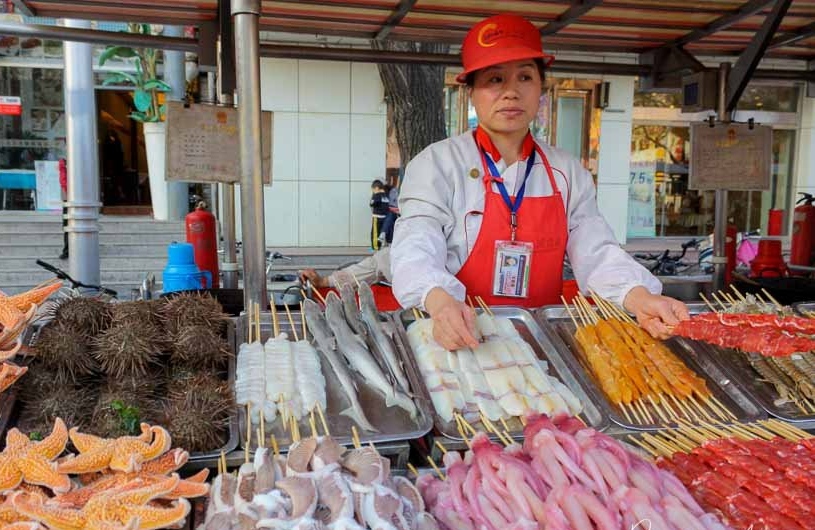

1 Day Beijing Day Tour : From Tian’anmen Square to Jingshan Park
Tips for Your Beijing Food Adventure
To make the most of your culinary exploration in Beijing, keep these tips in mind:
- Be Adventurous: Don’t be afraid to try new things. Beijing’s food scene is vast, and some of the most memorable dishes might be ones you’ve never heard of.
- Look for Local Crowds: A busy stall or restaurant, especially one frequented by locals, is often a good sign of quality and authenticity.
- Street Food Safety: While street food is a highlight, choose vendors wisely. Opt for stalls where food is cooked fresh in front of you and where there’s a high turnover of customers.
- Learn Basic Phrases: Knowing a few simple Mandarin phrases related to food can enhance your experience, though in tourist areas, many vendors will understand some English or use picture menus.
- Cash is King: While mobile payments are ubiquitous in China, some smaller street food vendors may still prefer cash. It’s good to have some small denominations on hand.
- Pace Yourself: There’s a lot to try! Don’t attempt to eat everything in one day. Plan your food stops and enjoy a variety of tastes over your visit.
- Consider Food Tours: If you’re unsure where to start, a guided food tour can be an excellent way to discover hidden gems and learn about the local cuisine from an expert.

3 Days Beijing Highlights Tour : Hutong Rickshaw Ride Experience
Beijing’s culinary landscape is a vibrant tapestry woven from centuries of history, diverse cultural influences, and a passion for food. From the imperial grandeur of Peking Duck to the humble satisfaction of a freshly made Jianbing, every bite tells a story. Exploring the city’s food streets, bustling markets, and hidden hutong eateries is an adventure in itself, offering a delicious way to connect with the local culture and create lasting memories. We hope this guide inspires you to dive into the flavors of Beijing and savor every moment of your gastronomic journey.
FAQ: Your Beijing Food Questions Answered
Is street food in Beijing safe to eat?
Generally, yes. Look for stalls with high turnover, fresh ingredients, and clean cooking practices. Many popular spots are safe and delicious.
What is the best time of year to experience Beijing's food scene?
Beijing’s food scene is vibrant year-round. Spring and autumn offer pleasant weather for exploring outdoor markets. Winter is great for hearty dishes like hot pot and Tanghulu.
Are there vegetarian options available in Beijing?
Yes, many dishes can be made vegetarian. Look for Buddhist-style restaurants or ask for vegetable-based versions of popular dishes like dumplings and noodles. Tofu and mushroom dishes are also widely available.
How much should I budget for food per day in Beijing?
This varies greatly. Street food can be very affordable (a few RMB per item). A meal at a mid-range restaurant might cost 50-150 RMB per person, while high-end dining, like Peking Duck at a famous establishment, can be more expensive.
What are some traditional Beijing drinks to try?
Besides various Chinese teas, you might try Suānméitāng (sour plum drink), Douzhi (fermented mung bean milk – an acquired taste), or local beers.

